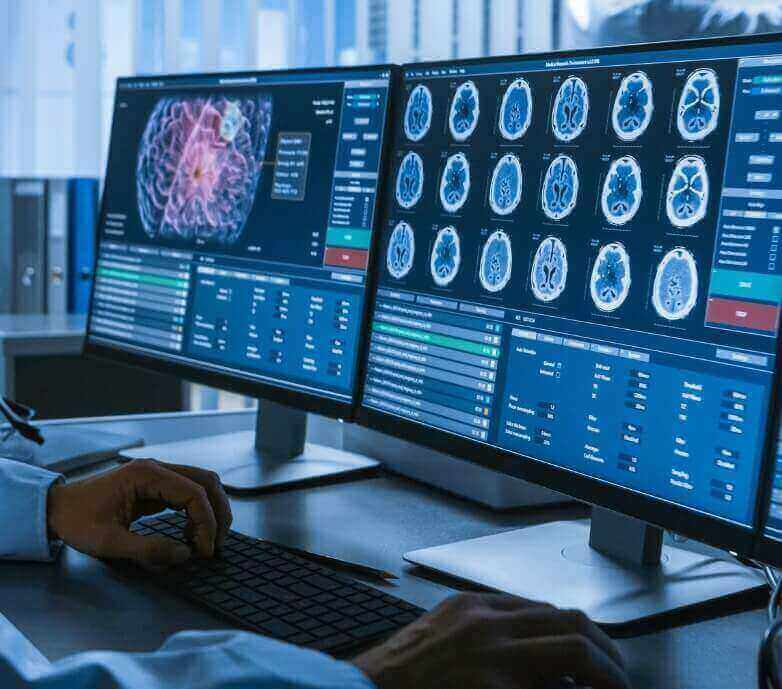
The levels of stroke damage on the brain vary from person to person. Most strokes are ischemic, meaning they are caused by a blood clot that blocks an artery leading to the brain. Hemorrhagic strokes account for a small percentage of all strokes and are caused by a burst blood vessel that leaks blood into the brain and damages the surrounding tissue.

Transient Ischemic Attack (TIA)
However, not many people have heard of a transient ischemic attack (TIA), which is often referred to as a mini-stroke. TIA begins just like an ischemic stroke, with a blood clot blocking an artery to the brain. However, in this case, the blockage is only temporary and resolves on its own. A TIA usually lasts up to an hour. While TIA symptoms may go away quickly, it should not be ignored. Experiencing a TIA increases the predictability of future stroke or TIAs occurring. If you or a loved one experienced a stroke or TIA, it is integral that you get to an emergency department quickly.
Risk Factors for Stroke & TIA
- Smoking
- Diabetes
- Excess weight
- High cholesterol
- Hypertension
- Irregular heart rhythm
- Carotid artery stenosis
Short Term Effects of Stroke & TIA
- Uneven face
- Weakness
- Numbness
- Tingling
- Dropping things
- Falling over
- Changes in vision
- Drooling
- Difficulty speaking
- Confusion and mental fog


In order to protect yourself and your loved ones, it is important to know the warning signs of a stroke or TIA. This way you know exactly how you should behave in each case and what to do in the event of an attack. Learn more about stroke prevention, recovery, and treatment by visiting cbchealth.ch.



